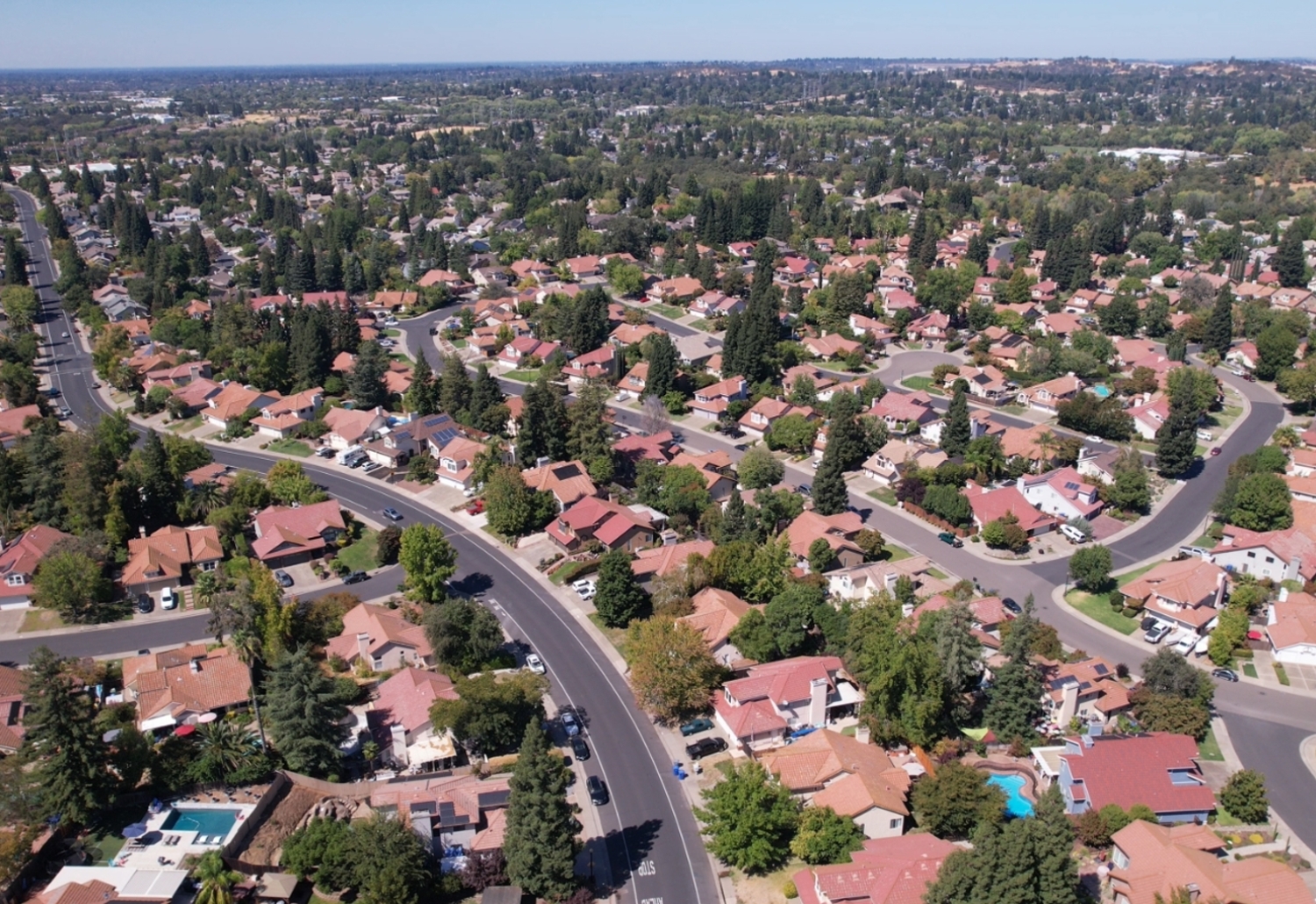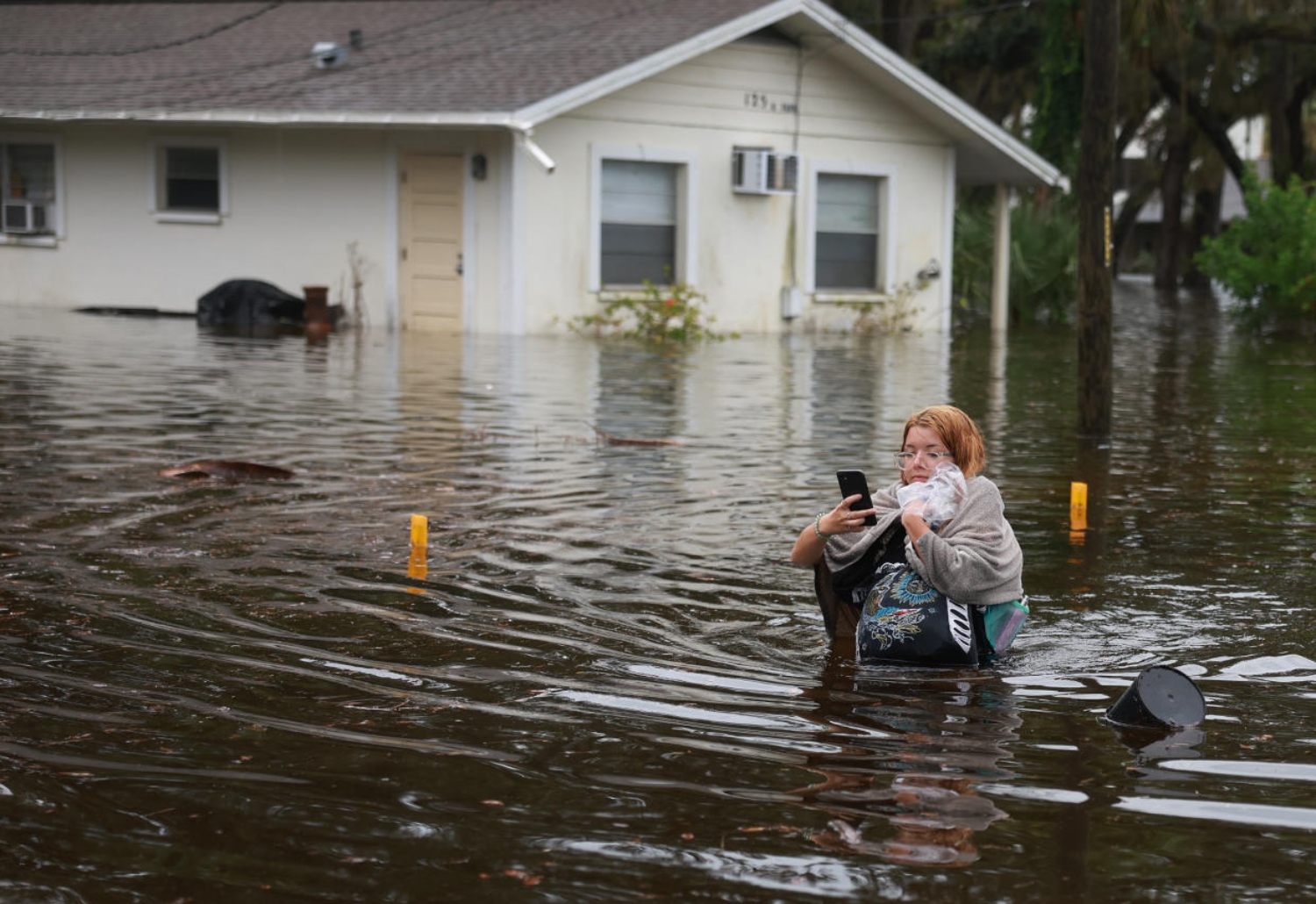Image Name: Florida home under Water
Image Credit: Yahoo
A grand crisis of homeowner insurance in the U.S. seems to have developed, with premiums having soared, policies being canceled, and insurers having withdrawn from several high-risk areas. Homeowners from states such as Florida, California, and Louisiana are facing issues with obtaining any coverage that is affordable as risks are becoming higher owing to climate-induced disasters and increasing costs of construction.
In answer to that, states are trying to stabilize the market with new laws, government-backed insurance programs, and policy reforms. But is this enough aid for homeowners? Let us further probe into the crisis, what is causing it, and the different strategies that states are using to deal with the matter.
An Insight into the Homeowners Insurance Crisis
Homeowners insurance is in crisis because of a combination of natural disasters and other economic considerations that made insurers unwilling to accept any risk. Some of the main reasons that are still making it look chaotic in the market are:
- Rise in Natural Disasters
With hurricanes hitting Florida and wildfires decimating California, resulting in damages worth billions, natural disasters have seldom turned out to be natural calamities. To prevent major financial losses, insurance companies have either increased their premiums or completely shut down operations in high-risk states.
- Rising Construction and Repair Costs
The cost of labor and materials has increased home exposure to damages and much higher construction costs and repairs. Therefore, insurers have to incorporate these rising costs in their premium pricing, and this at last leads to higher pricing for homeowners. - Increased Costs for Litigation
Particular states such as Florida see a tremendous increase in insurance-related lawsuits, turning up the costs of operating the insurance for the company. This has led other companies to leave the market altogether, resulting in diminished competition and inflated pricing.
- Problems with Reinsurance
Insurers use reinsurance to manage their risks. Because of rising reinsurance costs, the insurers pass these costs on to homeowners in the form of increased premiums.
- Non-Renewals and Withdrawing Policies
Major insurance companies such as State Farm and Allstate have ceased writing new homeowner insurance policies in areas with high risk for disasters. Consequently, this leaves many homeowners with few options.
How States Are Tackling the Crisis in Their Ways
With the private insurance market in disarray, state governments are intervening with measures to assist homeowners. Here is how states are grappling with the situation.
- Expansion of State-Backed Insurance Programs
Several states have enlarged government-run insurance programs to cover areas where private insurers withdrew.
- Florida Citizens Property Insurance Corporation: Citizens, a state-backed insurer, has been extended to cover homeowners unable to find affordable private insurance in the state of Florida. The challenge facing this program is that with other policies costing more and more due to financial burdens, the cost of Citizens’ policies is taking a jump too.
- California FAIR Plan: The California FAIR Plan insures homeowners in wildfire-prone areas unable to obtain insurance in the normal marketplace. Increased funding opportunities and coverage limits are being considered for improvements to the plan. Stronger building codes along with risk mitigation are being implemented by the respective states for encouraging homeowners to mitigate the natural disaster risks for their respective properties.
- Louisiana Fortify Homes Program: Grant programs for homeowners to upgrade roofs so that the structures can withstand hurricane conditions.
- California Wildfire Mitigation Plans: Homeowners conducting vegetation clearance and using fire-resisting materials may qualify for discount premiums on insurance.
Regulating Insurance Premium Increases
In some states, laws have been passed that place limits on how much an insurer can raise its premiums.
- New York Rate Review Process: Under New York regulations, insurers must justify any rate increases to protect against excessive increases.
- Colorado’s Consumer Protection Act: The Act calls for transparent insurance pricing and reasonable treatment of all policyholders.

Image Name: California’s home insurance crisis
Image Credit: ABC10
Reducing Legal Costs and Fraud
Some states, such as Florida, have passed laws to curtail suits against insurance companies to lessen litigation costs.
- Florida Tort Reform:
New policies limit excessive legal expenses and fraudulent claims thrown at insurers to reduce costs for insurers and homeowners. - Offering Incentives to Stay for Insurers
In some states, financial incentives or tax breaks are being extended to insurers to incentivize their stay in the market.
- Texas Risk Pool Initiatives:
New funds have been instituted in Texas to support those insurers that remain writing policies in high-risk locations. - Louisiana Insurance Stability Fund:
The fund was set up to provide financial assistance for insurers willing to write policies in Louisiana.
Challenges and criticisms.
The goal of these initiatives, however, is to keep the insurance market alive under state aegis.
- Affordability Concerns: With reforms, the increase in premiums has hardly ceased, and several homeowners find it difficult to afford coverage.
- State Program Financial Risks: State-run insurance programs risk insolvency in the event of a massive calamity, potentially risking all.
- Limited Insurer Participation: A few insurance companies remain unwilling to write in high-risk states since they fear the loss outlook will persist.
What, then, can homeowners do?
In the interim, while states seek permanent solutions, homeowners may adopt practices that curb insurance costs while at the same time safeguarding their properties.
- Shop for Policies
Compare quotes from different companies and search for discounts on state-backed programs.
- Increase Home Resilience
Have storm-proof roofing and fireproofing features in construction, and adopt other measures to qualify for the discounts available.
- Review Policy Coverage
Confirm that your coverage adequately responds to your needs, including flood or wildfire coverage, depending on where you live.
- Support Stability
Assist efforts on the local and state levels with the same aim, that of stabilizing the insurance market to provide affordable coverage.
Conclusion
While the homeowner’s insurance crisis continues to loom over everyone, the states are coming up with alternate ways to put some stability into the market, from expanding state-backed insurance programs to enforcing stricter building codes and regulating the increase of premiums. Here, the equilibrium would be between the needs of homeowners and insurers. However, challenges remain, and homeowners must keep abreast of developments so that they can become active participants in securing the best options for themselves. While no single silver bullet will end the crisis, a combination of state intervention, consumer awareness, and risk reduction measures will serve to create, in the long term, a more sustainable insurance market.

